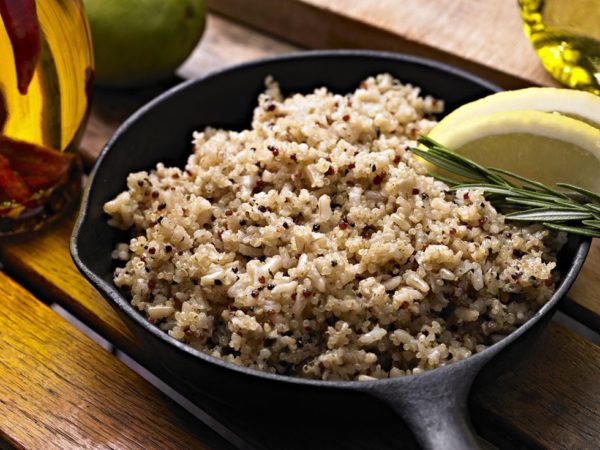
05 Nov Quinoa: One of the World’s Heathiest Foods
This story by Taylor Jones about why quinoa is one of the world’s healthiest foods was curated from Authority Nutrition and posted on EcoWatch.

Quinoa is an ancient South American grain that was largely ignored for centuries. Courtesy iStock.
Quinoa is an ancient South American grain that was largely ignored for centuries.
Interestingly, it was only recently noticed by the rest of the world and hailed as a “superfood” due to its high nutritional content.
It is now considered a specialty food by foodies and the health conscious.
This article takes a look at what quinoa is, where it comes from and why it’s so good for you.
What Is Quinoa?
Quinoa (pronounced KEEN-wah) is the seed of the Chenopodium quinoa plant.
Botanically speaking, it’s not a grain. However, it’s often called a “pseudograin” because it’s similar in nutrients and eaten the same way as cereal grains.
Quinoa was first grown for food 7,000 years ago in the Andes. The Incas called it “the mother grain” and believed it was sacred.
Although it’s now grown around the world, the majority is still produced in Bolivia and Peru. It was largely unknown to the rest of the world until very recently.
Since then, it has experienced a huge surge in popularity because of its high nutrient content and health benefits. It is also easy to grow in a range of conditions.
In fact, the year 2013 was named “The International Year of Quinoa” by the UN because of its valuable qualities and potential to fight world hunger.
Quinoa is also popular because it’s a gluten-free grain. This means people with celiac disease, wheat allergies or those who avoid gluten can consume it.
Bottom Line: Quinoa is a seed classified as a pseudograin. Nutritionally, it is considered to be a whole grain and is also gluten-free.
Types of Quinoa
There are more than 3,000 varieties of quinoa (2).
However, the most widely grown types are red, black and white. There is also a tricolor variety, which is a mixture of all three.
This is what the three types look like:…
Continue reading here for more on nutritional value and recipes.


Sorry, the comment form is closed at this time.